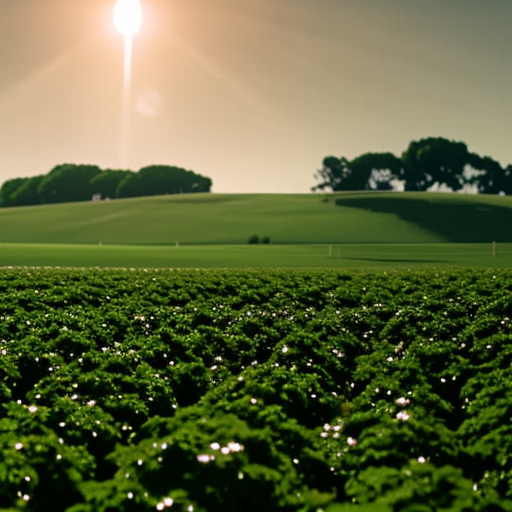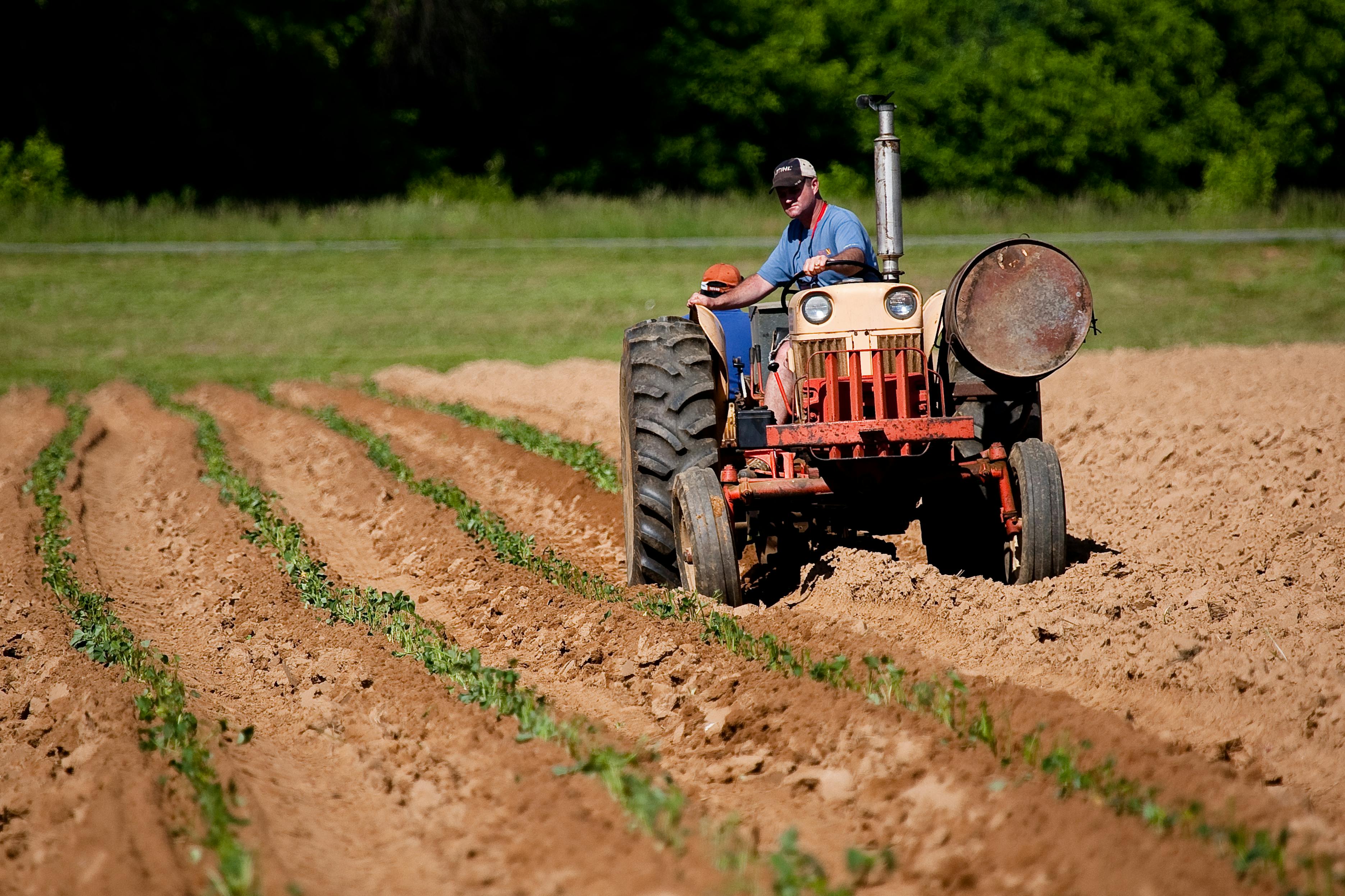
The Development of Greenhouse Gas Emission “Offset” Protocols in Canada

Introduction
The federal government of Canada is currently working on the development of greenhouse gas (GHG) emission “offset” protocols. These protocols aim to establish a trading system where large emitters, such as oil refineries or fertilizer factories, can purchase offset credits from projects that reduce emissions or remove GHGs from the atmosphere. The idea is that reductions in one place can offset emissions in another.
The Enhanced Soil Organic Carbon Offset Credit Protocol
As part of these efforts, the government is developing an Enhanced Soil Organic Carbon offset credit protocol. This protocol focuses on farmers and their ability to capture and store carbon dioxide (CO2) as carbon in soils through enhanced practices. The goal is for this soil-based offset scheme to offset fossil fuel CO2 emissions from large emitters. However, there are concerns about the legitimacy and effectiveness of such schemes.
The National Farmers Union’s Concerns
The National Farmers Union (NFU) shares the concerns regarding soil-based offset plans. The NFU has submitted a report to Environment and Climate Change Canada (ECCC) outlining 18 reasons why governments should shelve these plans. Here are five of those reasons:
- Temporary soil sequestration cannot offset essentially permanent fossil fuel emissions. Carbon released from deep geological deposits through fossil fuel extraction and combustion is essentially permanent. In contrast, soil sequestration is not permanent and can be easily released by changes in farming practices, land use, rising temperatures, or drought. Therefore, temporary storage cannot effectively offset permanent emissions.
- There is no capacity within soils to offset fossil fuel emissions. Agricultural soils can absorb atmospheric CO2/carbon because past farming practices released carbon. The quantity of carbon that soils can absorb is roughly equal to the quantity released by those past practices. Therefore, when we think of agricultural soils sequestering CO2, we should understand that they are reabsorbing CO2 from past soil emissions, not current or future fossil fuel combustion.
Concerns about Offsets
In addition to the specific concerns related to soil-based offset plans, there are broader concerns about offsets in general:
- Offsets delay and diminish emissions reduction. Offsets allow large emitters to buy credits instead of making direct emissions reductions. This can hinder progress in reducing emissions.
- Many farmers don’t want payoffs from the largest emitters. Offset credit payments can draw farmers into schemes that enable high-emitting corporations to minimize investments in emissions reduction. This undermines the goal of reducing emissions.
The Urgency of the Climate Crisis
The urgency of the climate crisis requires more ambitious actions than offset schemes. The UN Emissions Gap Report warns that humanity is on track for dangerous levels of warming this century. Therefore, trading offsets is inadequate in addressing this extreme crisis. Instead, governments should focus on rapidly reducing actual emissions in all sectors.
Conclusion
Offsets are not the right approach to addressing greenhouse gas emissions. It is more effective to prevent the release of CO2 from fossil fuels rather than attempting to store it in soil. Governments should shelve dubious offset schemes and prioritize deep and rapid cuts to emissions in all sectors. Failure to do so would be a disastrous policy error that will jeopardize the future of farmers and all citizens of the world.
Darrin Qualman is the Director of Climate Crisis Policy and Action at the National Farmers Union.
SDGs, Targets, and Indicators
1. Which SDGs are addressed or connected to the issues highlighted in the article?
- SDG 13: Climate Action
- SDG 15: Life on Land
2. What specific targets under those SDGs can be identified based on the article’s content?
- SDG 13.2: Integrate climate change measures into national policies, strategies, and planning.
- SDG 15.3: By 2030, combat desertification, restore degraded land and soil, including land affected by desertification, drought, and floods, and strive to achieve a land degradation-neutral world.
3. Are there any indicators mentioned or implied in the article that can be used to measure progress towards the identified targets?
No specific indicators are mentioned in the article. However, potential indicators that can be used to measure progress towards the identified targets may include:
- Number of national policies and strategies that integrate climate change measures.
- Extent of land and soil restoration and improvement in degraded areas.
Table: SDGs, Targets, and Indicators
| SDGs | Targets | Indicators |
|---|---|---|
| SDG 13: Climate Action | Target 13.2: Integrate climate change measures into national policies, strategies, and planning. | Number of national policies and strategies that integrate climate change measures. |
| SDG 15: Life on Land | Target 15.3: By 2030, combat desertification, restore degraded land and soil, including land affected by desertification, drought, and floods, and strive to achieve a land degradation-neutral world. | Extent of land and soil restoration and improvement in degraded areas. |
Behold! This splendid article springs forth from the wellspring of knowledge, shaped by a wondrous proprietary AI technology that delved into a vast ocean of data, illuminating the path towards the Sustainable Development Goals. Remember that all rights are reserved by SDG Investors LLC, empowering us to champion progress together.
Source: nationalobserver.com

Join us, as fellow seekers of change, on a transformative journey at https://sdgtalks.ai/welcome, where you can become a member and actively contribute to shaping a brighter future.





